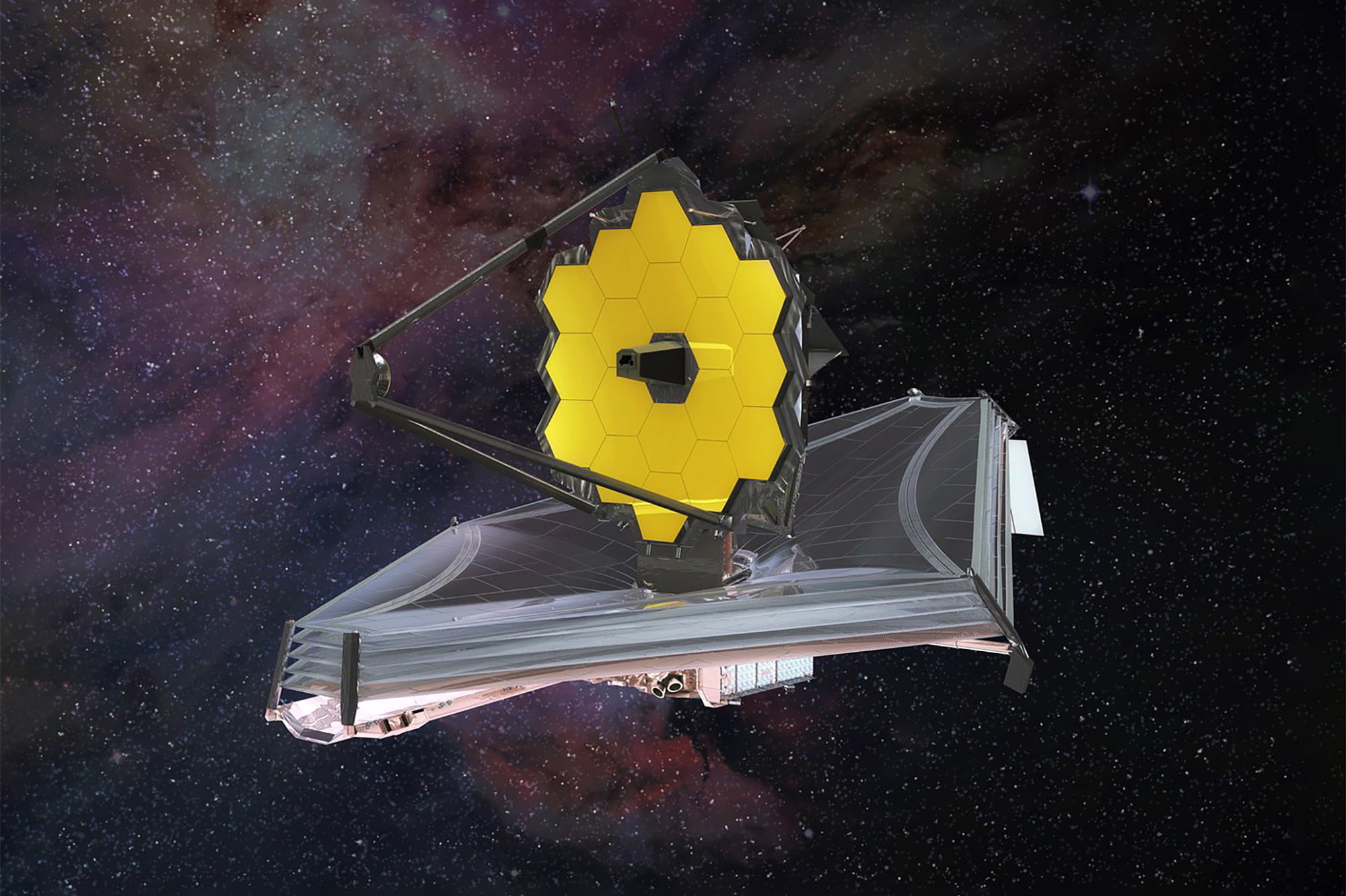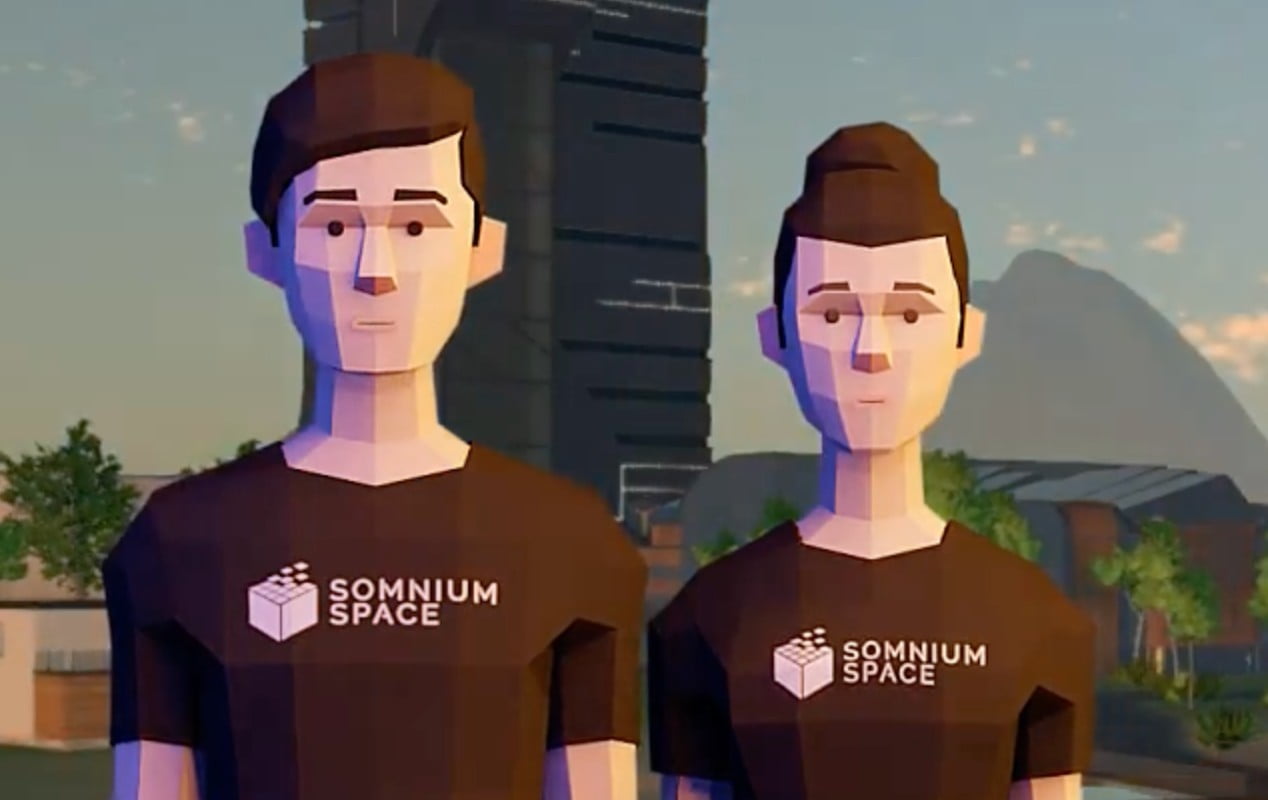Almost four months after launch, the James Webb Space Telescope has just taken a big step toward making its first observations of deep space.
The $10 billion mission — a joint effort involving NASA, the European Space Agency, and the Canadian Space Agency — is on a quest to find out more about the origins of the universe while at the same time searching for distant planets that may support life.
This week the mission team at NASA’s Jet Propulsion Laboratory (JPL) confirmed that the Webb telescope had dropped to the required temperature to allow observation work to begin.
A critical part of the telescope, the Mid-Infrared Instrument (MIRI), recently reached its final operating temperature below 7 kelvins (minus 447 degrees Fahrenheit, or minus 266 degrees Celsius).
JPL said that along with the telescope’s other other instruments, MIRI started cooling down in the shade of Webb’s large sunshield, dropping to around 90 kelvins (minus 298 F, or minus 183 C).
However, it said that dropping to less than 7 kelvins required an electrically powered “cryocooler” device to get it past the so-called “pinch point” when the instrument goes from 15 kelvins (minus 433 F, or minus 258 C) to 6.4 kelvins (minus 448 F, or minus 267 C).
“The MIRI cooler team has poured a lot of hard work into developing the procedure for the pinch point,” Analyn Schneider, project manager for MIRI, said on Wednesday. “The team was both excited and nervous going into the critical activity. In the end, it was a textbook execution of the procedure, and the cooler performance is even better than expected.”
The low temperature is vital as Webb’s instruments detect infrared light, which “distant galaxies, stars hidden in cocoons of dust, and planets outside our solar system” all emit.
Components on the Webb telescope, if too warm, would also emit infrared light, making it hard for scientists to understand the gathered data, so cooling them down solves this issue.
Cooling the telescope also suppresses something called “dark current,” an electric current created by the vibration of atoms in the Webb’s detectors that could also confuse the telescope as to where a light source is coming from.
“We spent years practicing for that moment, running through the commands and the checks that we did on MIRI,” said MIRI project scientist Mike Ressler. “It was kind of like a movie script: Everything we were supposed to do was written down and rehearsed. When the test data rolled in, I was ecstatic to see it looked exactly as expected and that we have a healthy instrument.”
The Webb team will now take test images of celestial objects in deep space to calibrate the telescope’s instruments and check that everything is working as it should. Assuming everything goes to plan, we should be seeing the first images from the project this summer.
The James Webb Telescope is the most powerful space-based observatory ever built and its work will complement that of the Hubble telescope that’s been exploring deep space for more than 30 years.


